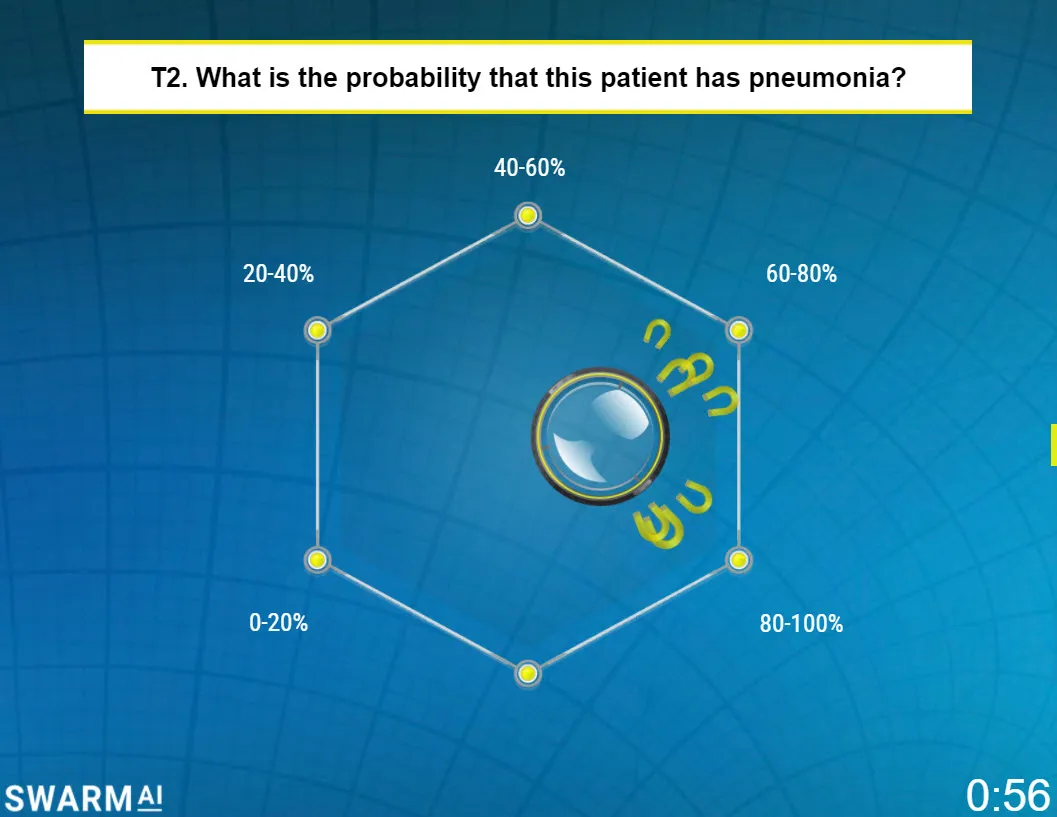Researchers at the Stanford University School of Medicine and artificial intelligence company Unanimous AI found in a study that “swarm intelligence” technology is better at diagnosing pneumonia through chest X-ray scans than any individual doctor or computer working alone.
In a report, the researchers describe Swarm Artificial Intelligence (AI), or Swarm AI, as a combination of artificial intelligence algorithms and wise group crowdsourcing — a “tug-of-war.” AI involves developing algorithms that allow machines to think and learn.
“When doctors worked together, we reduced errors [by] 33 percent compared to diagnoses done by doctors alone, and [by] 22 percent compared to a Stanford software called CheXNet,” said Unanimous AI founder and CEO Louis Rosenberg BS ’91 MS ’92 PhD ’94.
Swarm AI draws its inspiration from swarms in nature, such as those of honey bees or flocks of birds. It has previously been implemented in determining winners of major movie awards and making sports predictions. Now, it is being used in the medical field for radiologists to better collaborate with one another.
Using the program, doctors control a magnet icon to push toward a group consensus indicating the relative probability of a certain diagnosis. The AI algorithm determined how strongly each doctor felt about a diagnosis by monitoring in real-time how long they hovered their icon over the choice.
Rosenberg says that Swarm AI is optimized to work alongside doctors, as opposed to replacing them.
“We cannot discount the value [of] a doctor’s experience, which requires years of training and contact with the very human experience of disease,” Rosenberg said.
Radiology assistant professor Matthew Lungren said Swarm AI allows doctors to make group decisions for particularly difficult cases, which happens everyday in hospitals all over the world.
“Swarm AI helps capture the wisdom of everyone at once instead of a random meeting of people or a teleconference,” Lungren said.
Radiology associate professor Safwan Halabi hopes to optimize the algorithm in the future to give weights to different people’s opinions, expand to different disease models and use Swarm AI for medical training of residents and fellows.
“It’s an interesting area of technology,” Halabi said. “Swarm AI is applicable to so many different fields and has so many collaborators working remotely to diagnosing a patient.”
Contact Fan Liu at fliu6 ‘at’ stanford.edu.
